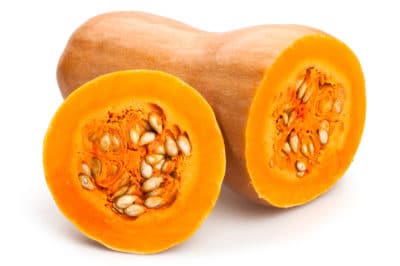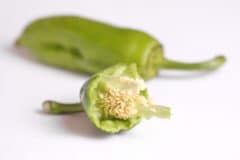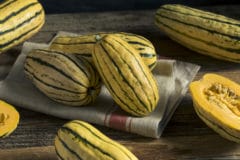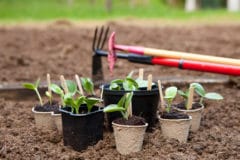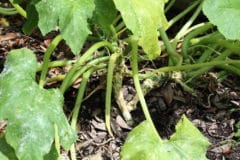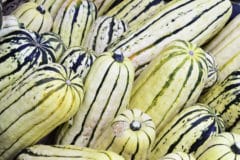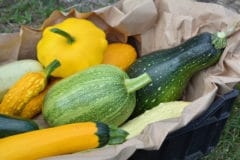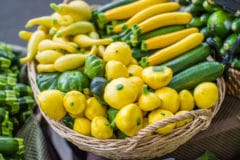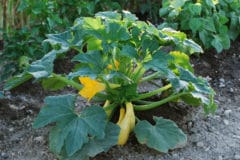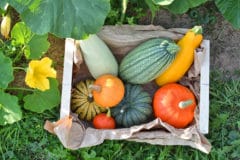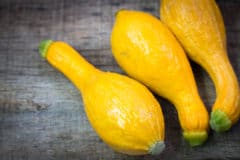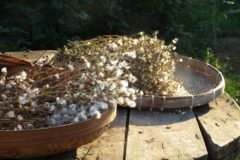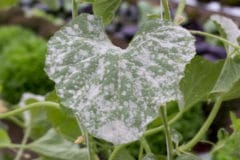Why Save Squash Seeds
In recent years gardeners have realized the significance of saving their garden seeds. Saving seeds preserve the genetic diversity of food plants which ultimately leads to less stress from diseases and weather abnormalities.
Saving Squash seeds can also help retain the plants’ pest resistance. Saved seeds can produce stronger, healthier plants that can better resist the ravages of the dreaded squash bug and squash vine borer.
Another advantage of squash seed saving is saving money. Just one or two squash can produce enough seeds for you and others.
What Squash Seeds Can Be Saved
Heirloom and other open-pollinated seeds can be saved: hybrid seeds cannot be saved. Open-pollinated seeds are pollinated by insects, birds, wind, humans, or other natural mechanisms. Heirloom seeds are open-pollinated seeds that have been passed down within a family or community for years.
The squash plant flowers in your garden are pollinated by the same bees that pollinated many other plants. The same bees can pollinate plants within a mile’s radius. Cross-pollination readily occurs within the Cucurbitaceae family (squash, gourds, cucumber, melons, pumpkin).
Four of the 11 species of the Cucurbitaceae family include squash. If you want to save squash seeds, you cannot grow at the same time more than one variety from each species. The squash species are as follows:
- Cucurbita maxima: banana, buttercup, hubbard and turban squashes
- Cucurbita mixta: cushaw (except golden) squashes
- Cucurbita moschata: butternut, golden cushaw and cheese squashes
- Cucurbita pepo: acorn, crookneck, scallop, spaghetti and zucchini squashes
More advanced gardeners that desire a diversified collection of seeds will isolate their squash plants by a method called caging. The technique prevents the squash flowers from being pollinated by insects or other modes, relying on hand-pollination by the gardener.
Steps to Saving Squash Seeds
Deciding which seeds can be saved may be complicated, but the process of saving them is not difficult. First, choose large, fully-mature (past edible) squash. Store the unopened squash for 20 days. Then slice open and scoop out seeds with your hands. Next, place seeds and pulp in a container of water. Discard seeds and pulp that are floating.
Save and rinse seeds that sank to the bottom. Dry seeds on paper. Do not let the seeds touch or overlap. When the shell and meat are brittle, the seeds are ready for storage. Place in envelopes or jars. Label with type of seeds and date of harvest. Store seeds in an unheated garage or in the refrigerator.
